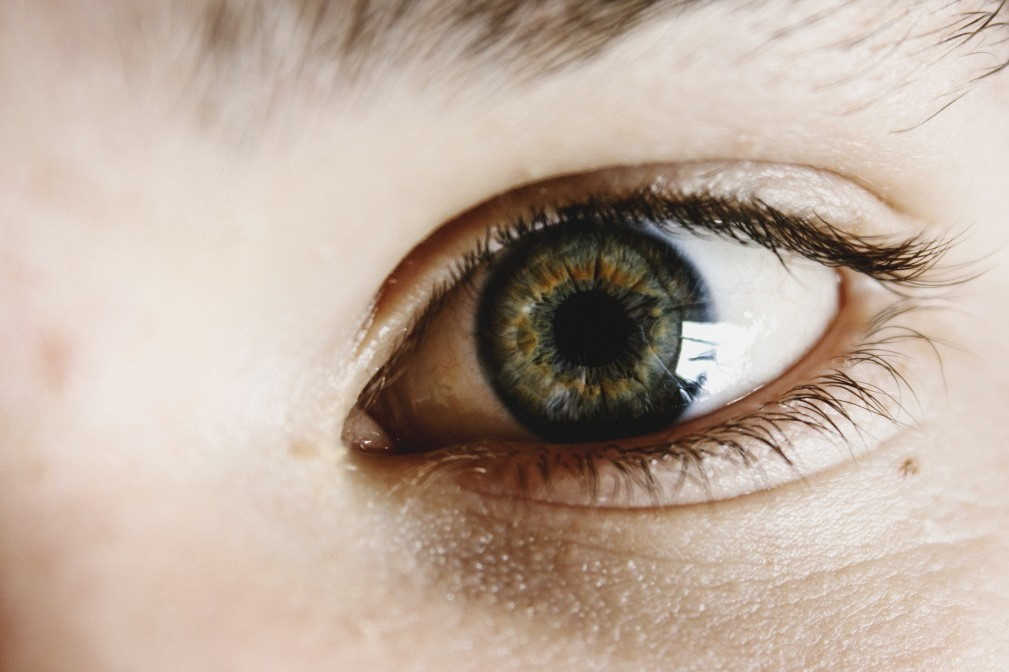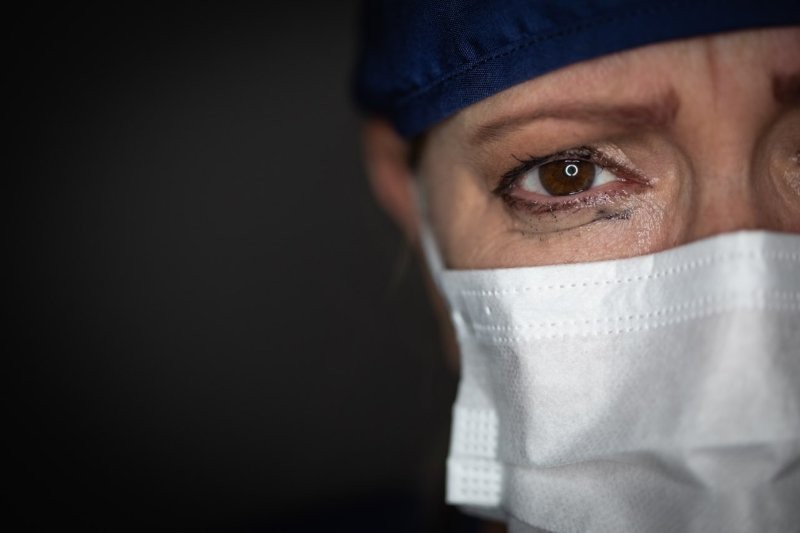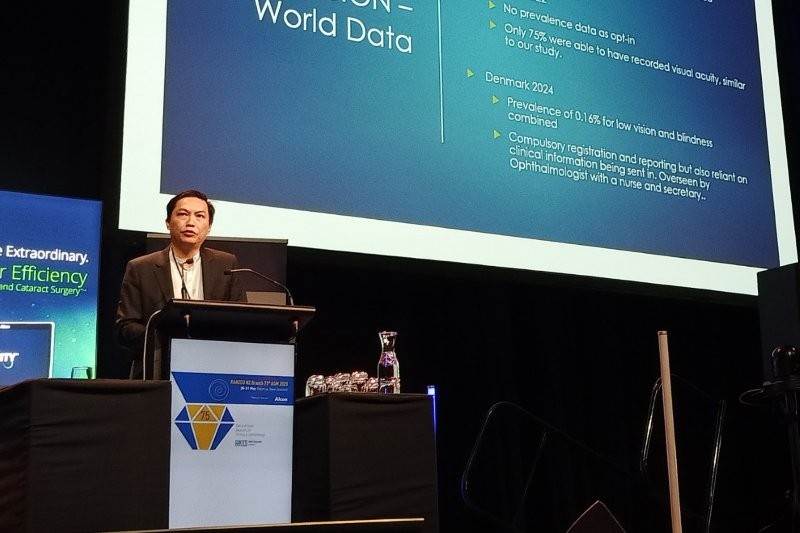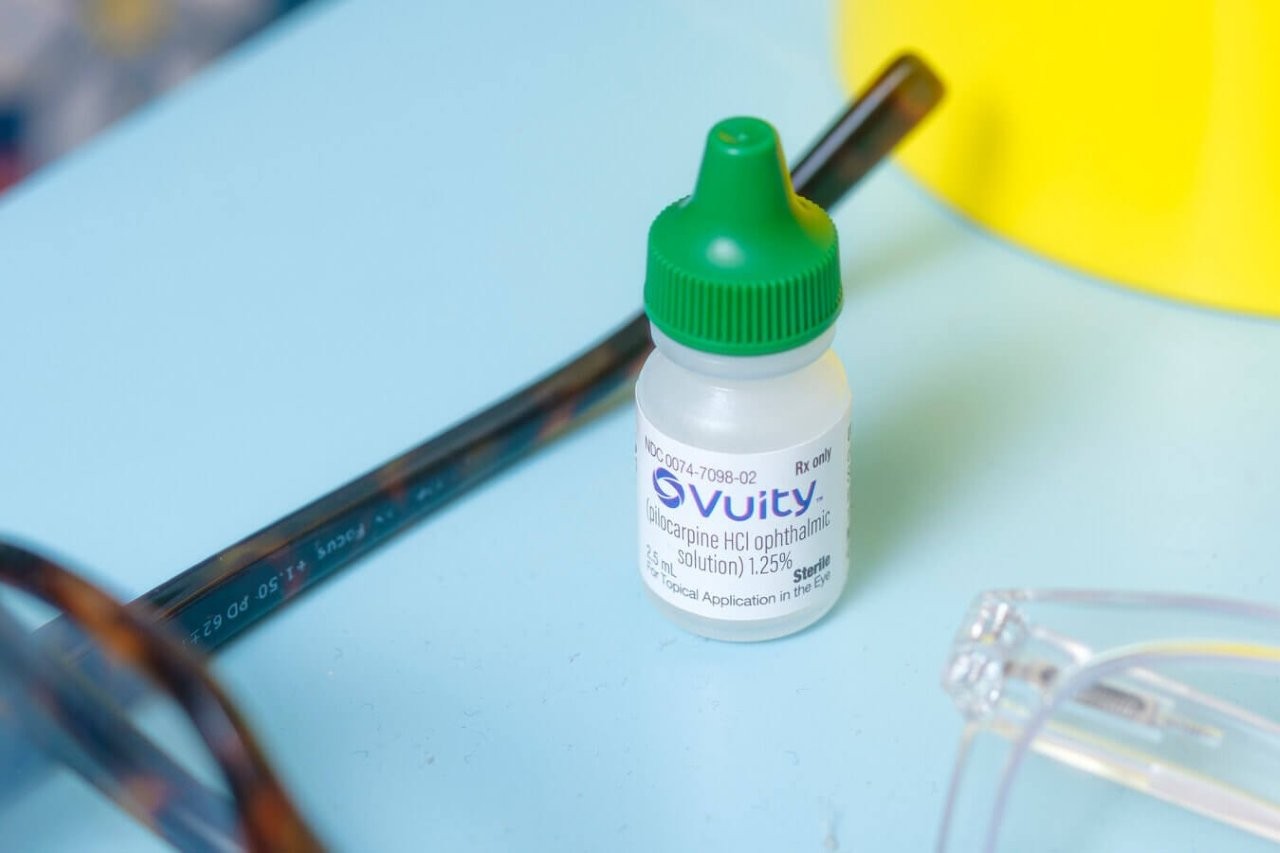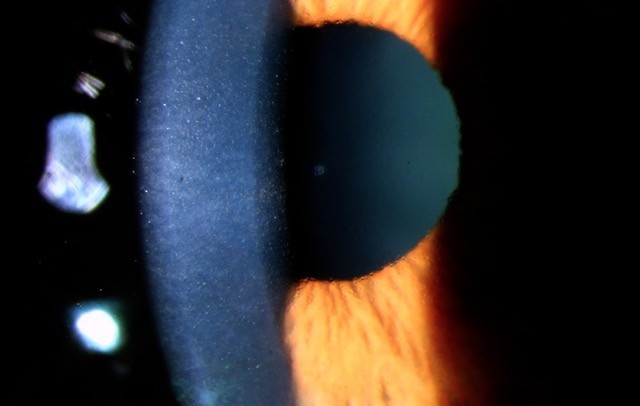Paediatric ophthalmology research review
The risk of uveitis due to prostaglandin analogues in paediatric glaucoma
Bello N et al
J AAPOS 2022;26:126.e1-5
Review: This retrospective study of paediatric patients (<18 years old) being treated with prostaglandin analogues (PGA) looked at the incidence of PGA-induced uveitis. Children with and without prior uveitis and all forms of glaucoma were included.
Of the 147 eyes of 103 patients, 142 eyes tolerated PGA exposure without a uveitis episode. The five eyes experiencing uveitis had prior uveitis history. The authors deemed the recurrences in those eyes more likely due to prescribed or unscheduled decrease in topical steroids or immunosuppressive medication. Assuming this, their estimate of the incidence of new or recurrent uveitis is between 0% to 2% (95% CI). However, if those cases were attributable to PGA initiation in children with pre-existing uveitis, the incidence is estimated to be between 0% and 15% (95% CI).
Comment: The selection of glaucoma treatment in paediatric patients is already limited by the contraindication of alpha-2-adrenergic agents. PGAs have proven efficacy and exhibit a low side-effect profile.
This study provides evidence that PGAs are unlikely to induce uveitis in children with glaucoma. The results also suggest the avoidance of PGA in children with uveitic glaucoma could be reconsidered. Caution in eyes with active inflammation is still warranted.
Reliability of telemedicine for real-time paediatric ophthalmology consultations
Stewart C et al
Br J Ophthalmol 2022;106:1157–1163
Review: This prospective, non-inferiority study assessed the discrepancy in diagnosis and management plan between real-time telemedicine and in-person examination in the context of paediatric eyecare. A paediatric optometrist used digital equipment to livestream a paediatric ophthalmologist and subsequently the ophthalmologist completed an in-person re-examination on the same day. The equipment included a high-definition camera built into glasses, a digital slit-lamp and a digital indirect ophthalmoscope connected to livestream video.
There were 348 examinations conducted for 210 patients. No primary diagnoses or management plans were changed following the in-person exam. Two non-primary diagnoses were noted in-person only but did not affect management plans. There was excellent agreement of angle measurements for strabismus patients and a very high satisfaction rate, with 98.5% of families comfortable with the telemedicine exam quality and 97.1% willing to participate again. Equipment challenges with short delays were encountered in 11.5% of the exams.
Comment: There is hope for reliable and accessible telemedicine to reduce paediatric disease burden in underserved populations. Asynchronous telemedicine in the context of retinopathy of prematurity is already well-validated. This study demonstrates general paediatric ophthalmic conditions could be reliably managed with real-time telemedicine.
The authors acknowledge the significant learning curve for both the optometrist and ophthalmologist, as well as possible confirmation bias within this study. Equipment cost may also be a barrier to scaling this model of care. Technology advances and the fast pace of digital streaming and artificial intelligence evolution will inevitably improve, increasing access to telemedicine in future practice.
G-ROP criteria for predicting retinopathy of prematurity among neonates with different birth weight percentiles
Gunes et al
J AAPOS 2022;26:309.e1-5
Review: This retrospective, single-centre study assessed the performance of the Post-natal Growth and Retinopathy of Prematurity Study (G-ROP) criteria applied to subgroups based on size: small for gestational age (SGA), appropriate for gestational age (AGA) and large for gestational age (LGA).
In the G-ROP model, infant examination is indicated if one or more of the following criteria is met: gestational age <28 weeks; birth weight <1,051g; weight gain <120g during age 10 to 19 days, <180g during age 20 to 29 days, <170g during age 30 to 39 days; or presence of hydrocephalus.
The sensitivity for treatment-requiring ROP (TR-ROP) was 100% in the whole patient group and for each subgroup. The specificity for TR-ROP was 46.4% for the entire group, 50% for SGA, 44% for AGA and 63.6% for LGA. Screening using G-ROP criteria reduced the number of ROP examinations by 25% for the whole group, 27% for SGA, 24% for AGA and 31% for LGA, without missing TR-ROP.
Comment: The sensitivity of the model predicting TR-ROP was excellent in all subgroups. Application of the G-ROP criteria preserves screening sensitivity while increasing the specificity for TR-ROP.
Modifying traditional ROP screening criteria could reduce unnecessary examinations and infant distress as well as improve the allocation of resources. Prospective studies applying the G-ROP model to different populations are required to confirm the generalisability of these screening criteria.
Dr Tiffany Ma is the paediatric ophthalmology fellow at Greenlane Clinical Centre in Auckland.










